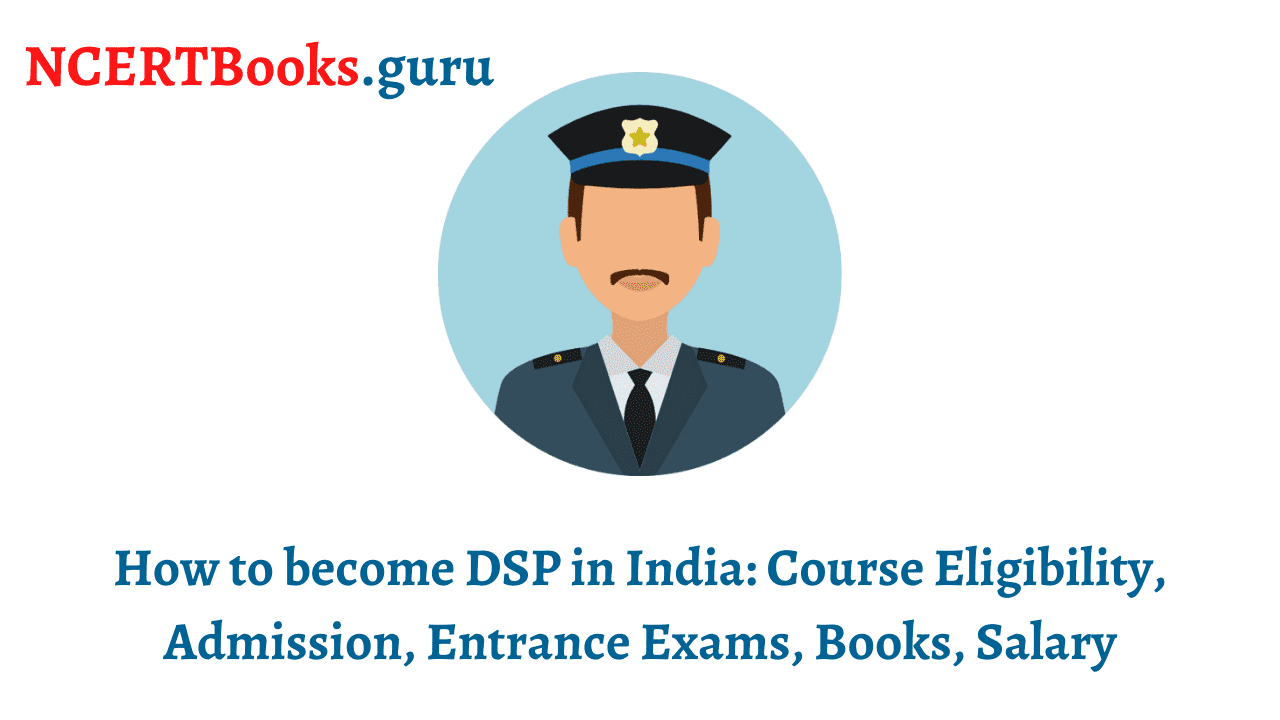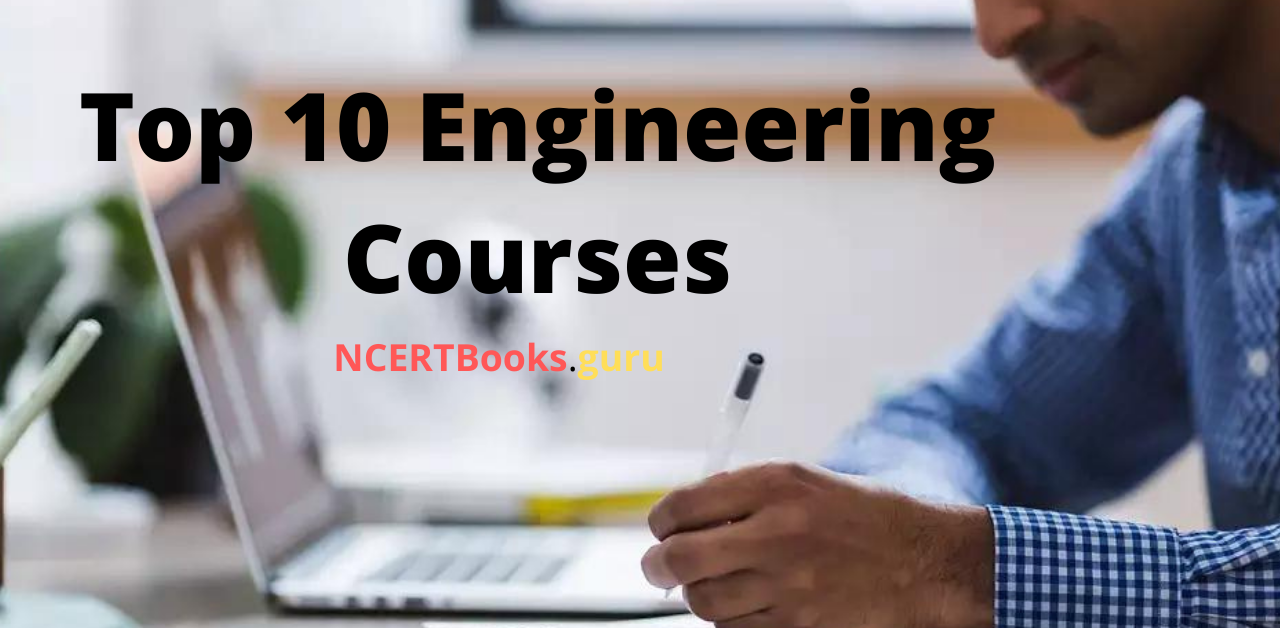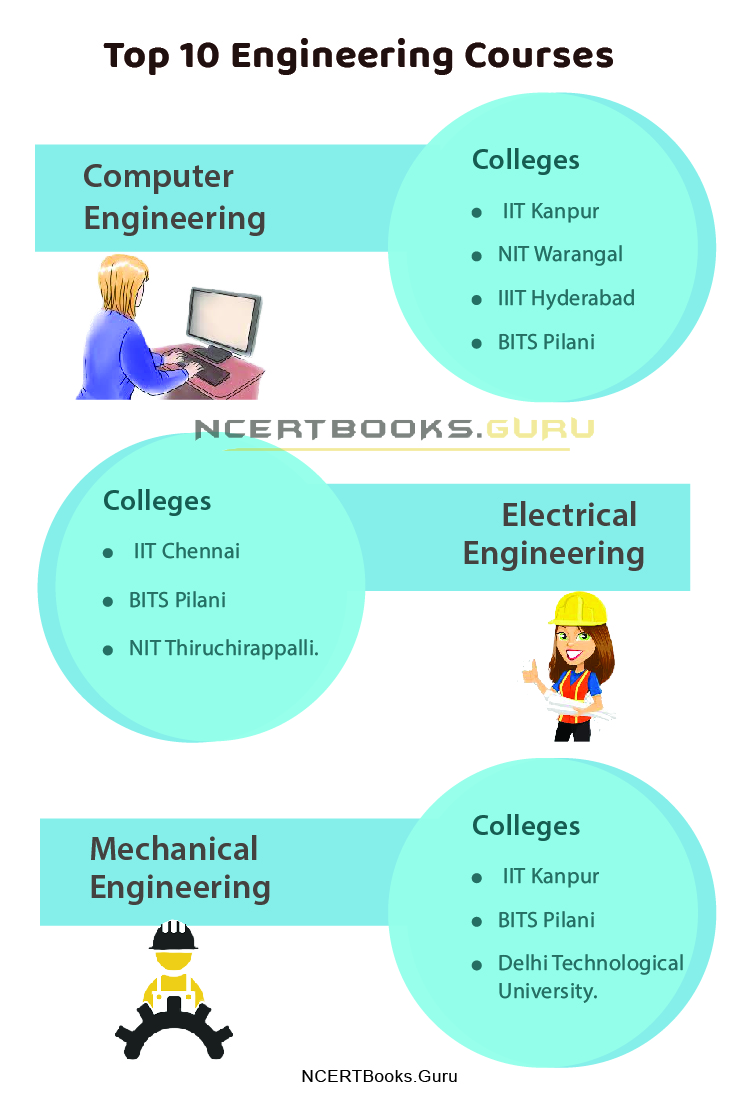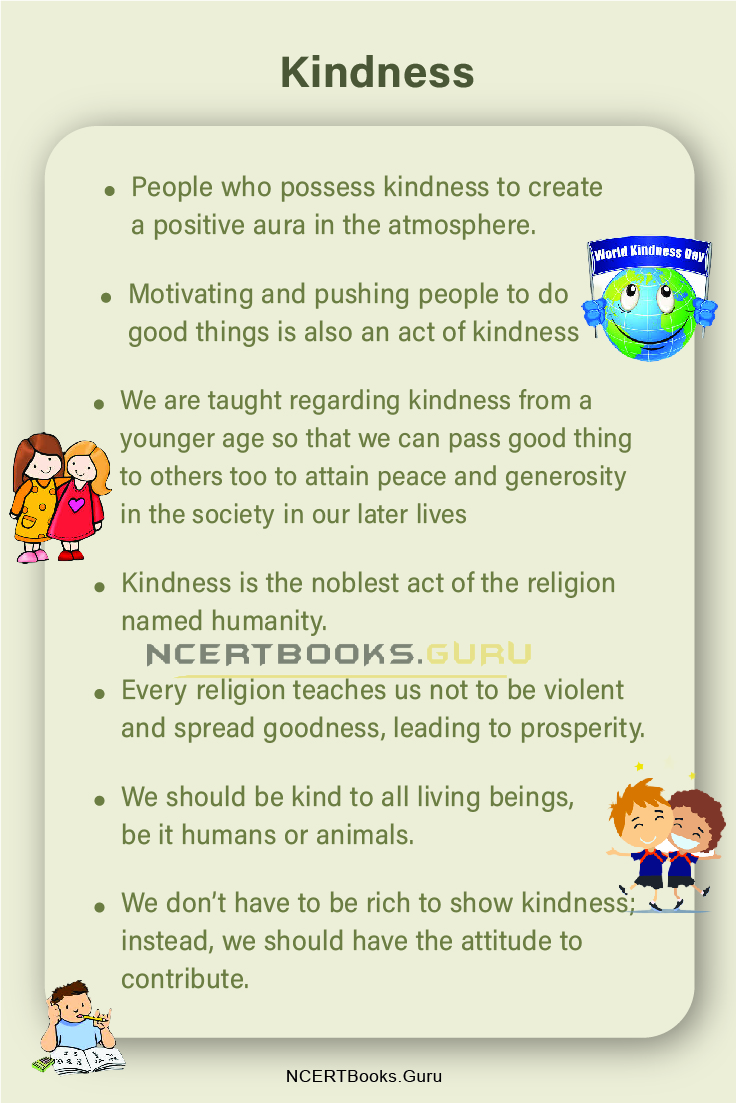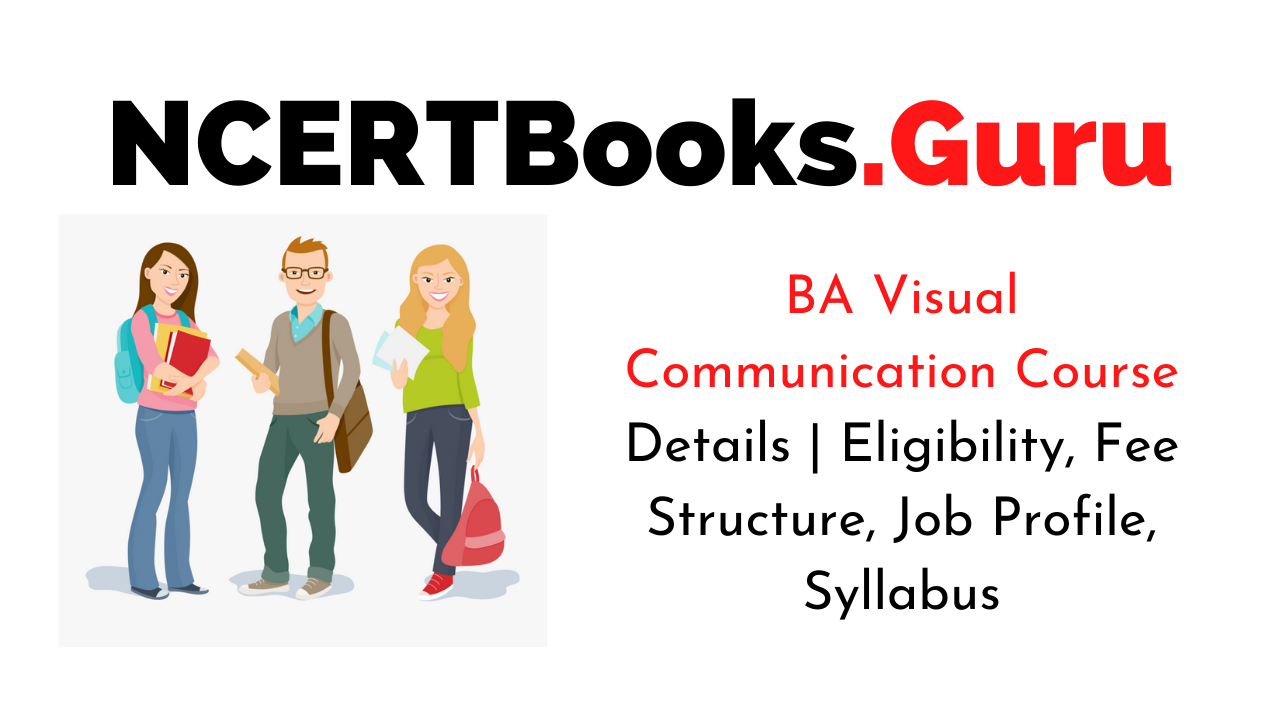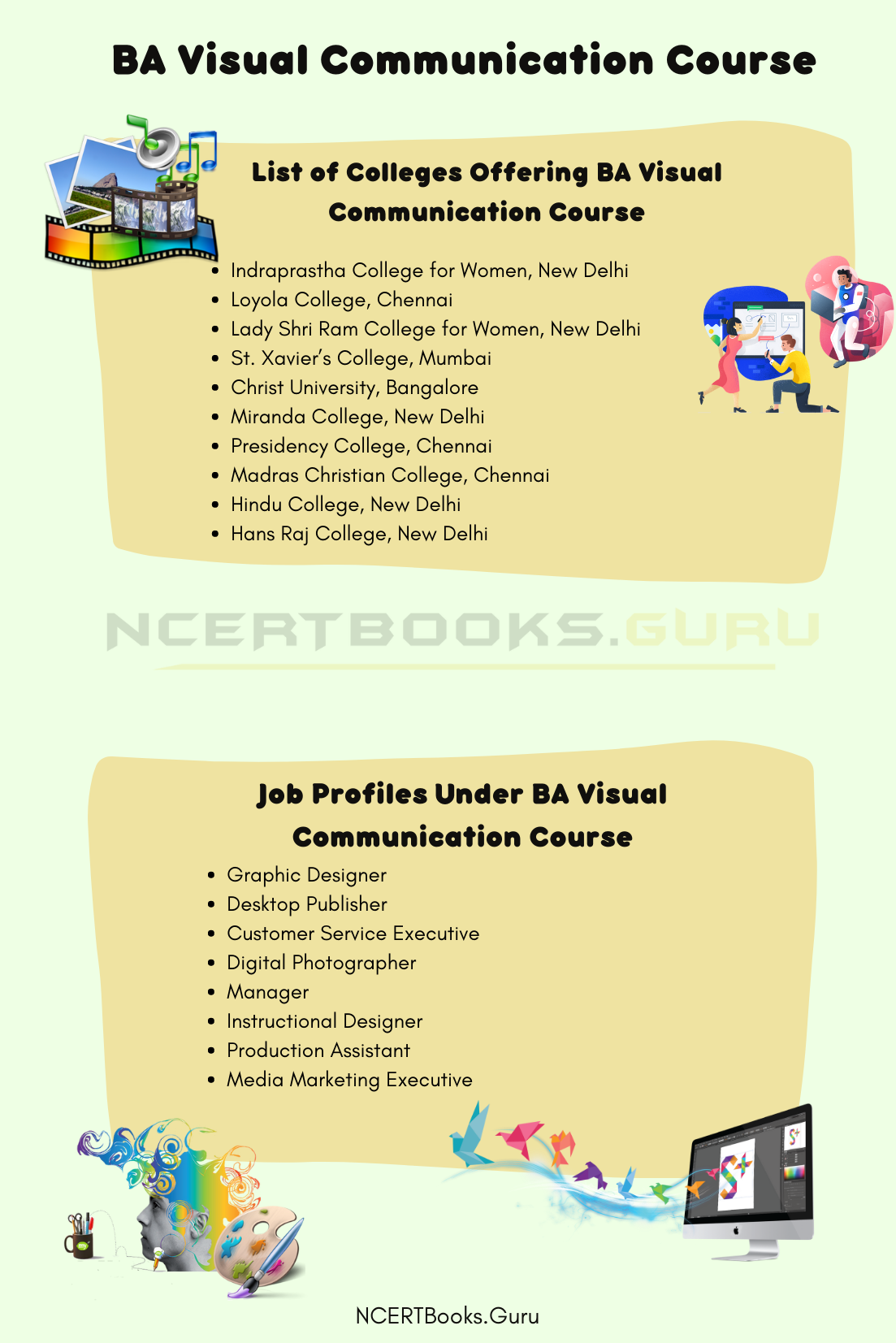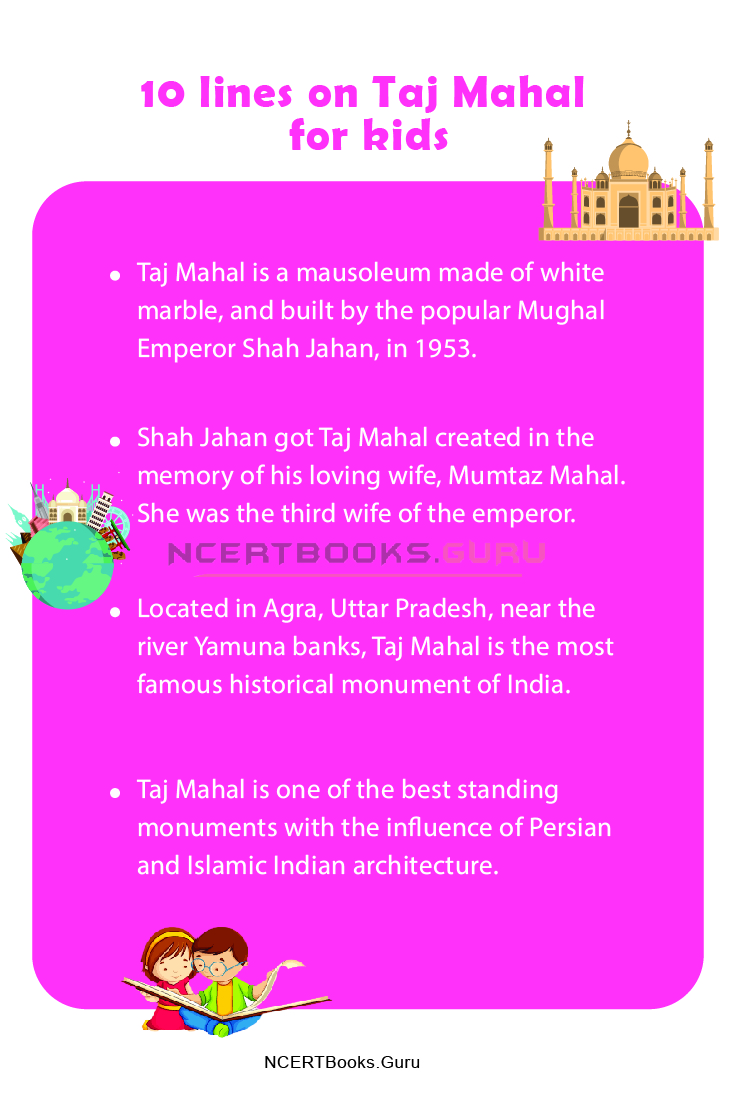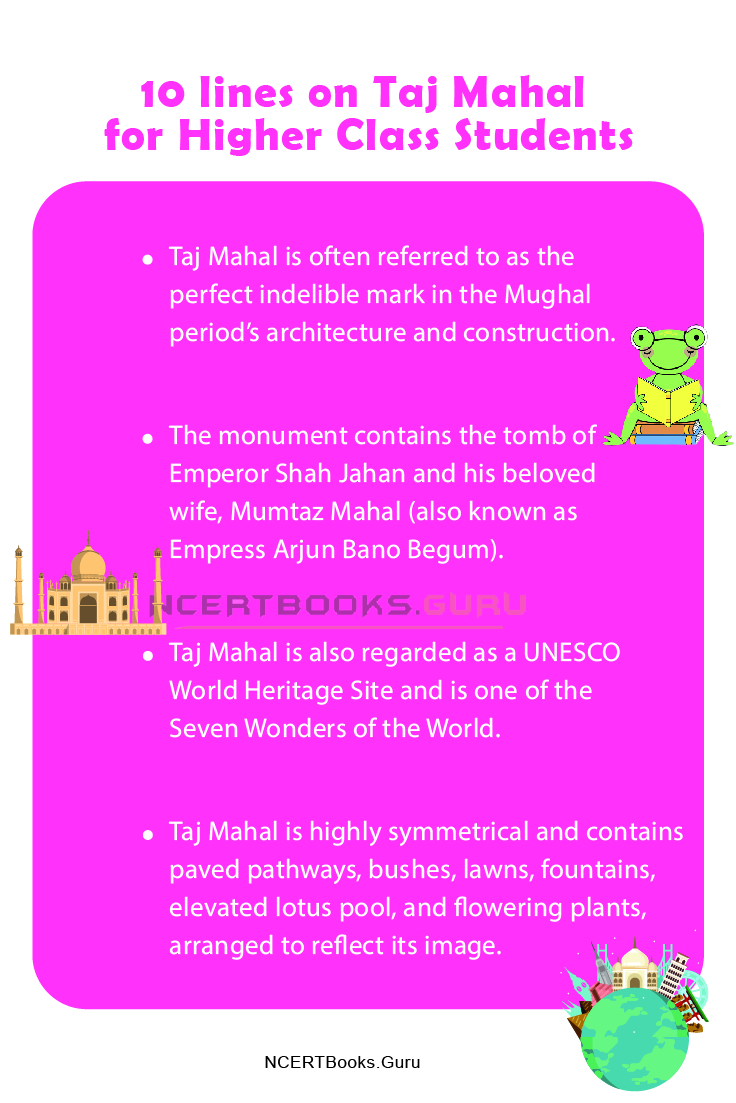If you are looking for a guide How to become DSP in India? Then you are at the right place. A Career as a police officer is one of the most prestigious positions in society. One of the positions is DSP [Deputy Superintendent of Police]. DSP is a police officer grade at the Indian police force. Now, below you will know all the details about eligibility criteria, qualifications, selection process, etc.
- Who is DSP [ Deputy Superintendent of Police]?
- How to become a DSP in India after 12th?
- What are the exams you need to take to become DSP
- Exam Syllabus for preliminary and Main Exam
- Books and Study Materials to read for an exam
- DSP Selection process
- Facilities and salary offered to a Deputy Superintendent of Police [DSP] in India
Who is DSP [ Deputy Superintendent of Police]?
Deputy Superintendent of Police or DSP is the highest-ranked officer in a police department controlled by the state government. He is the officer who works under SP or superintendent of police. And he works towards enforcement of the law to maintain the civic rights of people, and to keep law and order under control.
How to become a DSP in India after 12th?
As you are thinking about how to become a DSP in india. You might also be thinking about what are the educational qualifications you need, eligibility criteria, and the selection process. To know that, read the article till the end and know everything about how you need to become a DSP.
Now we will check out step by step.
Educational Qualification
- The person who likes to become the DSP has to complete his 12th from any of the stream either maths, science, or commerce background with min 55% of marks.
- After completion of 12th they should graduate with a degree from any stream like BA/BS.c/B tech/B Com/BBA/BE/BA LLB from a recognized UGC university or UGC approved college.
Eligibility Criteria
To become DSP in India you need to have some requirements. The eligibility criteria are – nationality, age limit. Let us know about these requirements in detail.
Nationality: Candidates to become DSP should be a citizen of India.
Age Limit: Age limit should be between 21 to 30 years old.
In this, we also have age relaxations. Look At the table below.
| Categories | Age Relaxation |
|---|---|
| For SC/ST/OBC | 5 years |
| For Ex- servicemen | 3 years |
| For NCC cadet corps instructor | 5 years |
Physical requirements for DSP
Height
| Categories | Height |
|---|---|
| For Men | 168 cm |
| For Women | 155 cm |
Weight: The weight of the candidate depends on the candidate’s age and weight.
Chest: The minimum chest should be 84cms and with an expansion of 5cms.
Eyesight: 6/9 or 6/6 is the eyesight for a good vision of a person.
Physical Efficiency Test
The physical efficiency test includes the following
- 100 meters run in 15 sec
- 800 metres run 170 seconds
- Shot put (7.2kgs) 5.60mtrs
- Long Jump 3.80mtrs
- High Jump 1.20mtrs
You can also check for course details to know more about eligibility, test process, the skillset needed, job profiles, salary, scope, etc.
What are the exams you need to take to become DSP?
If you want to be a DSP, then you have to clear the civil service examination which is conducted by the UPSC (union public service commission). This exam will be conducted in three different phases that include the following:
- Preliminary exam (2 objective type papers)
General Studies – Paper1
General Studies – Paper 2 - Mains(9 papers)
In this, you need to qualify for two papers, and marks of 7 papers are considered.
DSP Exam Syllabus for both Prelims & Mains Exam
Preliminary Exam Syllabus
| Paper 1 | Indian History General Science Indian Politics Current Events General Issues Indian Geography World Geography Social Development Economic Development |
| Paper 2 | Communicational Skills Interpersonal Skills English Skills English Comprehension Language skill that is chosen by the candidate Decision-making skills Problem-solving ability Mental Ability Basic Numeracy |
Mains Exam Syllabus
| Paper | Syllabus |
|---|---|
| Essay | Essay on any topic |
| General Studies 1 | Indian Heritage, Culture, Geography |
| General Studies 2 | Constitution, Governance, Social Justice |
| General Studies 3 | Technology, Environment, Disaster Management |
| General Studies 4 | Ethics, Integrity, and Aptitude |
| Optional Subject 1 | Any |
| Optional Subject 2 | Any |
| Paper 1 | Indian Language (Anyone of the language) |
| Paper 2 | English language |
Books & Study Material for DSP Exam Preparation
If you want to crack the above exams you need to have good general knowledge and current affairs. For that you need to read the newspaper more.
Some of the newspapers I suggest for you is Hindu Newspaper, Jagran josh, Economic Times and Indian Express
And some of the books I suggest
- Indian Polity For Civil Service Examination -Indian Polity by Laxmikanth
- Indian Year Book
- Indian Economy by Ramesh Singh
- Oxford Geography Atlas
- A Brief History of Modern India
- Indian Art And Culture
- Fundamentals of Geography (NCERT)
- Concise History of Modern India by Sujata Menon
- Facets of Indian Culture
- The Constitution of India by P.M Bakshi
- Indian Economy by Mishra & Puri
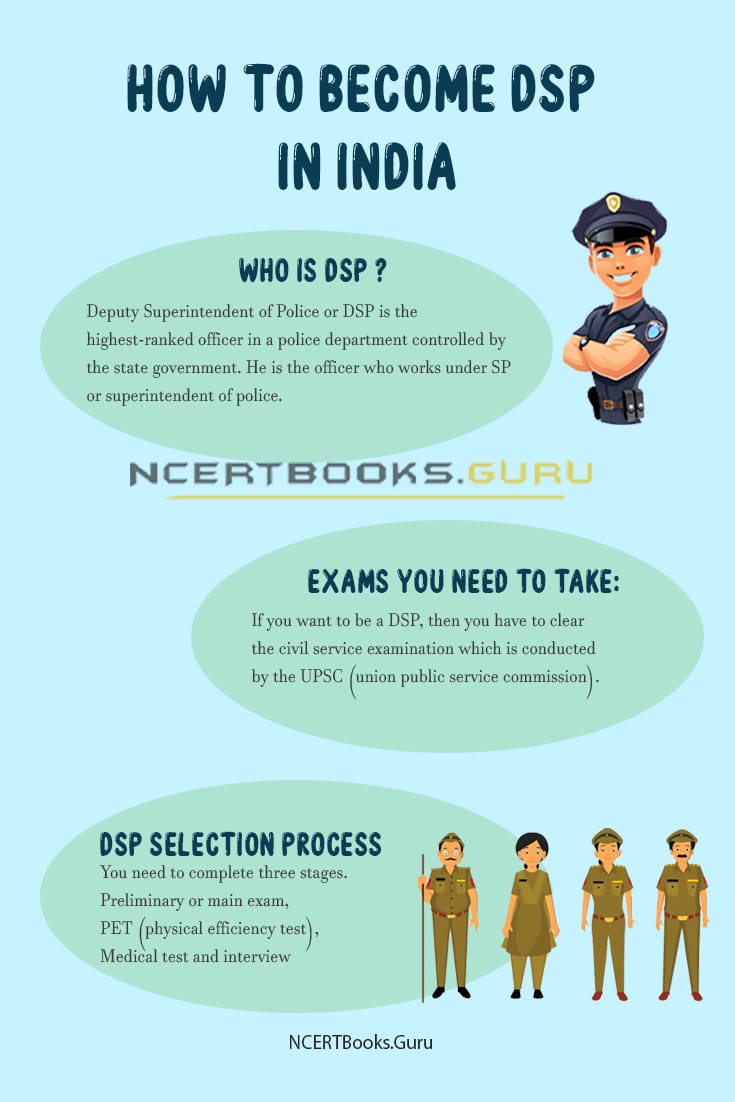
DSP Selection Process
If you want to become a DSP successfully. You need to complete three stages.
- Preliminary or main exam
- PET (physical efficiency test)
- Medical test and interview
Also, Refer: How to become Sub Inspector in India
Facilities and Salary offered to Deputy Superintendent of Police [DSP] in India
With much responsibility and maintenance of state law and order, this DSP job comes with a good amount of salary and benefits.
A DSP can get pay around Rs.15,600 – Rs. 39,300. The DSP also gets several benefits along with this salary which includes,
- Residence for staff and self quarter for free or at a minimal rent
- Domestic helpers like gardeners, cooks, and security guards
- An official vehicle with a driver and a beacon
- Telephone connection paid by the government
- Electricity is paid for by the government
- 7-star accommodation during official tours
- The facility of study leaves, the costs are borne by the government
- Pension paid to the spouse in future
FAQs on How to become DSP in India
1. Can I become a DSP directly?
Examinations are performed annually to appoint police forces to the DSP level directly. Inspectors are often promoted to DSP after the mentioned years of service.
2. What is the salary of a DSP in India?
The salary of DSP will be Rs. 15,600 – Rs. 39,300.
3. Is DSP a good post?
Yes, the highest rank given in the Police department through State PCS is DSP. The post of the DSP is associated with a handsome salary, many other perks, and due respect in society. The job also offers a great chance of promotion during the service.
Conclusion
To Conclude, this was all about How to become DSP in India. Hope this article guides you How to become DSP after the 12th in a proper way by guiding you with all necessary details. Still, if you have any doubts about this simple guiding article you can comment below in the comment section.
